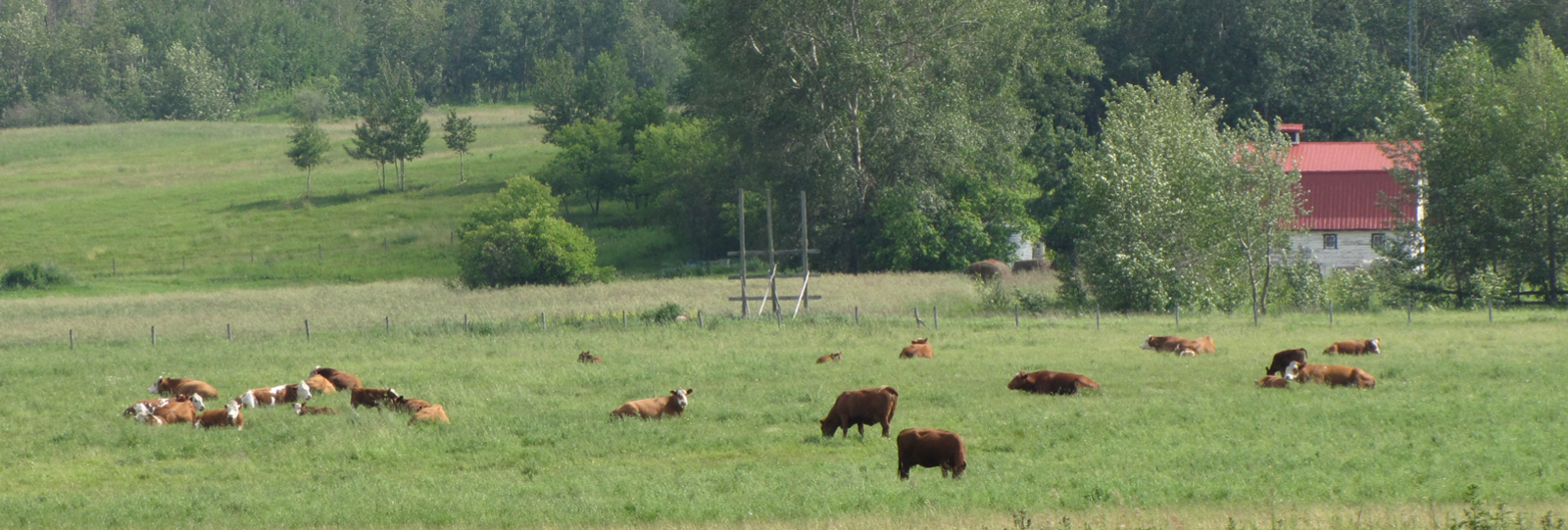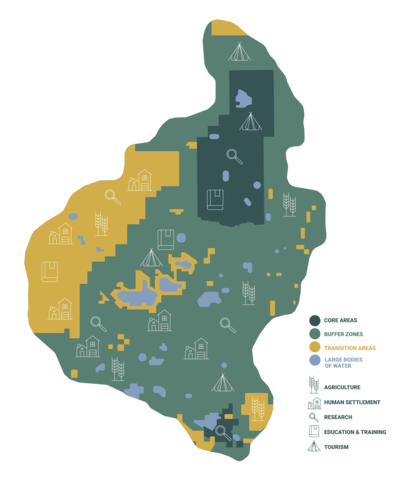The Beaver Hills Biosphere
The Beaver Hills was designated as a biosphere on March 19, 2016 by the United Nations Educational, Scientific and Cultural Organization (UNESCO). This is a global recognition of a collective commitment by the communities within the region to celebrate and advance knowledge, culture, nature and economy together.
The considerable efforts and support of these organizations contributed to the designation of the Beaver Hills as a UNESCO Biosphere Reserve in 2016.
- Alberta Environment and Sustainable Resource Development (Parks Division)
- Alberta Environment and Sustainable Resource Development (Public Lands Division)
- Alberta Fish and Game Association
- Alberta Sport Connection
- Beaver County
- Ducks Unlimited Canada
- Edmonton & Area Land Trust
- Elk Island National Park
- Lamont County
- Leduc County
- Nature Conservancy of Canada
- Sherwood Park Fish and Game Association
- Strathcona County
- Strathcona County – Strathcona Wilderness Centre
Many organizations and individuals also contributed letters of support to the the designation of the Beaver Hills as a UNESCO Biosphere Reserve in 2016.
- Agriculture & Agri-Food Canada
- Alberta Capital Airshed
- Alberta Centre for Sustainable Rural Communities
- Alberta Culture and Tourism
- Alberta Environment & Sustainable Resource
Development - Alberta Fish and Game Association
- Alberta Government Aboriginal Relations
- Alberta Government Aboriginal Relations – First
Nations and Métis Relations - Alberta Municipal Affairs
- Alberta NAWMP
- Alberta Recreation & Parks Association
- Beaver County
- Canadian Parks and Wilderness Society, Northern Alberta
- City of Camrose
- City of Edmonton
- City of Fort Saskatchewan
- City of Leduc
- Confederacy of Treaty Six First Nations
- Ducks Unlimited Canada
- Economic Development & Tourism Advisory Committee
- Edmonton & Area Land Trust
- Edmonton Fish & Game Association
- Friends of Blackfoot Society
- Friends of Elk Island Society
- Fort Air Partnership
- Hillview School
- Lamont County
- Land Stewardship Centre
- Leduc County
- Leduc Environmental Advisory Board
- Madonna Catholic School Earth Club
- Métis Nation of Alberta
- Nature Alberta
- Nature Conservancy of Canada, Alberta Region
- Nisku Leduc Rotary Club
- Northeast Capital Industrial Association
- Parks Canada, Elk Island National Park
- River Valley Alliance
- Royal Astronomical Society of Canada Edmonton Centre
- Sherwood Park Rotary Club
- Stewards of Alberta's Protected Areas Association
- Strathcona County
- Tofield Showgeese Junior Forest Wardens
- Town of Beaumont
- Town of Lamont
- Town of Bruderheim
- Town of Mundare
- Town of Tofield
- University of Alberta
- University of Alberta, Augustana Campus
- University of Alberta, Faculty of Agricultural, Life and Environmental Sciences–Renewable Resources
- University of Alberta, Faculty of Physical Education & Recreation
- University of Alberta, Devonian Botanic Garden
- Village of Holden
- Village of Ryley
- Waskahegan Trail Association
- Williams Energy Canada ULC

